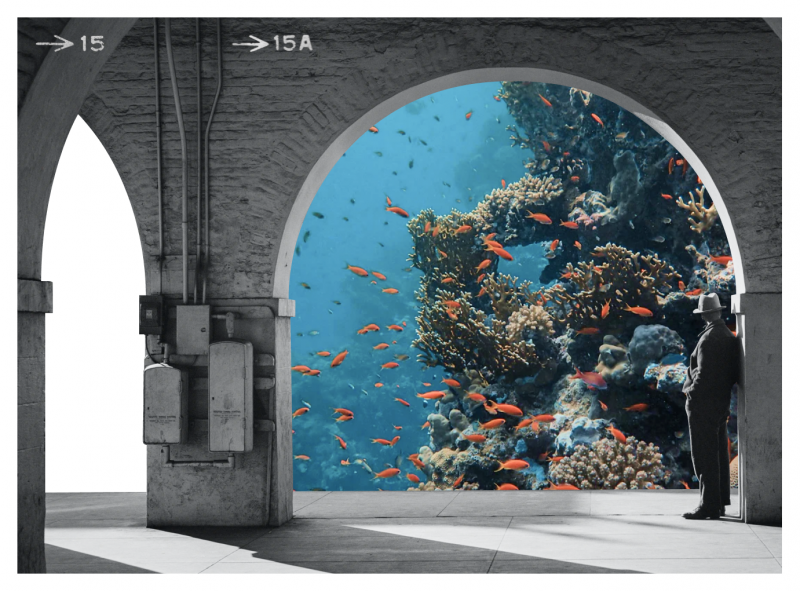Stream of Fabulations
Posted on December 14, 2021
I wanted to thoughtfully round out my triptych of blog posts with a visible sign of growth, some sort of resolution to my previous questioning and complaining. I am pleased to report that I have failed; there is no resolution to be found. (This doesn’t actually please me at all, but I know it’s often wiser to sit with discomfort than to run. [1])
It seems that questions dominate the airwaves of design spaces, especially those lacquered in academia. That’s fine. Questions are good. They poke holes in the brain and release any accumulated hot air. Some will try to patch the leak with an answer; others will dejectedly shiver in the resulting draft. Perhaps the greatest thinkers know to climb through the hole and leave the mess behind.
Those who make it out find themselves in the company of billions of other brains; no two alike, none greater than the next. Each is its own ecosystem made up of feelings and experiences. A brisk walk around the neighborhood will show that despite the diversity, nothing appears only once.
In one vignette, there is a beautiful garden. Grief waters the beds and gives a laid-back smile. Time and Acceptance wave from a bench underneath a bountiful trellis of Peace. Everything is well maintained, but not overly manicured. Beyond the garden there are boulders that have been shaped into a protective boundary. They look heavy. It must have required great collaboration between Grief, Time, and Acceptance to move them from the fertile soil to a more appropriate setting.
The next vignette, conveniently, takes place outside the beautiful garden. Grief kicks and screams at the surrounding boulders, and despite help from Anger, has been unsuccessful for at least as long as Time has been sitting there watching. It isn’t clear if Grief and Anger have even noticed Time at all [1]. Behind them, the land is dry and craggy, and any remaining signs of life dwindle by the hour. Soon there will be nothing left.
Perhaps the greatest thinkers ask questions not because they think the answer is out there, but because they know it isn’t [2]. They poke holes in their brains and fill the space with glass so as to better see everything outside. They observe that the differences within each ecosystem exist only in the relationships between shared parts. All of these relationships can be learned from. [3]
Light from the outside illuminates new and forgotten parts of the brain. Previously concealed shelves emerge from what was once a dark corner. Some are filled with unread books from other lives, some are empty, waiting for new experiences and knowledge. Nooks and crannies that have always been there see new light, and one might find the piece of a puzzle that has sat uncompleted for years. While nothing is remarkable about this particular shape and the puzzle itself has lost its significance over time, filling the dusty outline is reassuring: Everything will fall into place.
-eh
Influences
[1] Donna Haraway. Staying with the Trouble: Making Kin in the Chthulucene. Duke University Press, 2016.
[2] Sium, Aman, Chandni Desai, and Eric Ritskes. Towards the ‘Tangible Unknown’: Decolonization and the Indigenous Future. Decolonization: Indigeneity, Education & Society 1, no. 1, September 16, 2012.
[3] Bayo Akomolafe. When You Meet the Monster, Anoint Its Feet. Emergence Magazine, October 16, 2018.